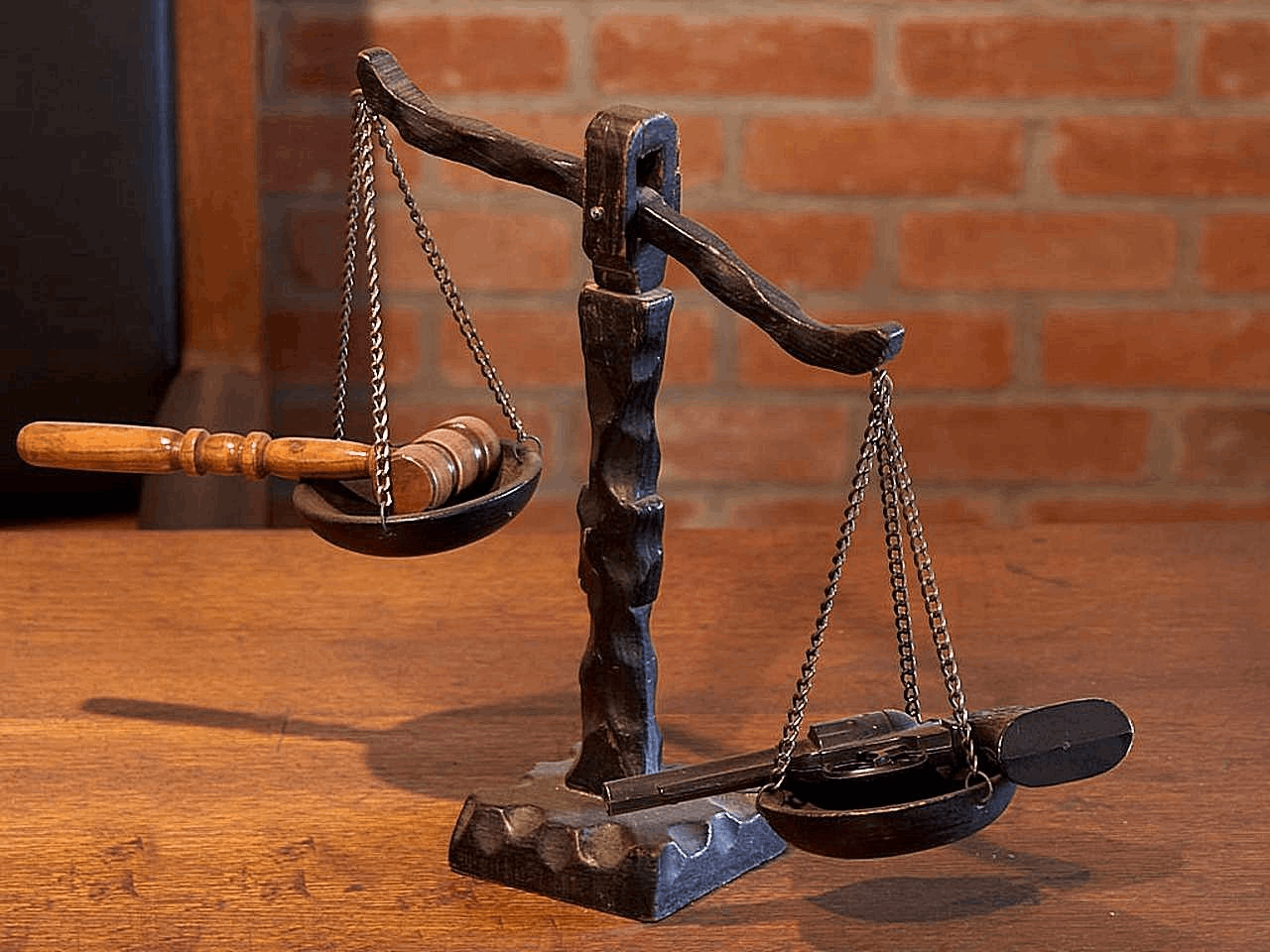Personal injury lawyers often receive criticism for being ambulance chasers who take advantage of misfortune, but their roles have actually had a great impact on legal landscapes for centuries.
Personal injury laws began with ancient laws such as Hammurabi’s. Later cases such as Donoghue v Stevenson set forth duty of care regulations while worker’s compensation laws emerged during the Industrial Revolution.
Romans
Personal injury law has long been present since ancient times when laws more closely mirrored moral codes.
One of the earliest forms of personal injury law can be found in the Code of Hammurabi and early Babylonian laws, where the concept known as lex talionis (an eye for an eye) was first instituted – which means if someone suffered physical harm due to another, that person should receive equal compensation as compensation from that individual.
However, this era also introduced the Res Ipsa Loquitur rule or “the thing itself speaks,” stating that when something unexpected occurred that caused harm or discomfort to another, that person should be compensated – which has since become one of the cornerstones of personal injury law. Later legal protections such as Civil Rights Movement or paying lawyers became essential.
Middle Ages
As far back as Hammurabi’s Code of Laws in Babylonia and later in Scandinavia, individuals were afforded some measure of recourse when injured due to someone else’s irresponsible acts. Although such laws were highly restricted in their scope and eligibility criteria for seeking compensation from third-parties, they still provided some safeguards for people injured by others’ carelessness.
Donoghue v Stevenson in 1932 marked an important development in early laws regarding personal injuries. This case involved a woman who became sick after drinking ginger beer containing decomposing snails; the court determined that manufacturers had an obligation to ensure their products didn’t cause harm, giving rise to what we now refer to as negligence in personal injury lawsuits.
Over time, other key concepts have emerged to influence personal injury claims law. For instance, during the 17th Century a principle known as Res Ipsa Loquitur was established that acknowledged any party causing damages could be held liable if their actions resulted in loss to another.
Industrial Revolution
During the Industrial Revolution, workers experienced more workplace injuries due to newly established factories with few safety regulations. As a result, workers’ compensation laws were created as an equitable system allowing employees to access medical care and wage benefits without needing to prove employer fault – leading to major legal changes through landmark court cases such as Priestley v Fowler and Donoghue v Stevenson that established negligence principles and gave rise to major legal shifts such as those seen today.
At this time, lawyers also began advertising themselves in newspapers. Although this advertising broke ethical rules, it helped make personal injury law more visible within society and even made its way to Hollywood through Paul Newman’s portrayal as a lawyer in The Verdict. Modern personal injury practices have seen major changes through landmark Supreme Court decisions regarding tort reform and damages caps; this has altered how attorneys handle cases and negotiate with insurers while digital technology has transformed how lawyers consult clients and gather evidence via virtual consultations and electronic data collection.
20th Century
Personal injury law made significant advances during the 20th century. Industrial accidents led to an explosion of workplace injuries and new legal frameworks were put in place which forewent fellow servant rules in favor of employer liability laws; workers gained access to worker’s compensation benefits without needing to prove employer fault; two key cases brought negligence into courtroom discussions such as the 1932 Donoghue v Stevenson (“snail in ginger beer”) case established duty of care while Helen Palsgraf’s accident in 1928 introduced concepts such as proximate cause.
Modern personal injury laws continue to evolve with tort reforms and state legislation. Technology tools, evolving legal viewpoints and innovation continue to shape how lawyers handle cases today, with virtual consultations, data-driven decisions and stronger client protections likely becoming the future norm in personal injury law – so lawyers need to stay on top of these changes so as to help clients receive adequate compensation.





